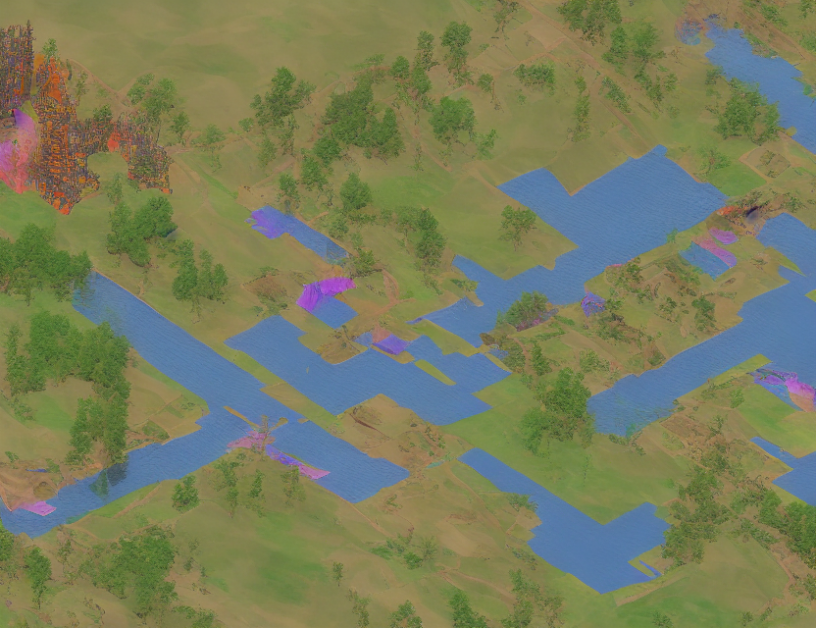In this paper, we explore a new approach to text-to-image synthesis that leverages cross-attention loss to generate images that are both visually appealing and semantically consistent with the input text. Unlike previous methods that rely on additional networks or complex architectures, our approach uses the intermediate representations from self-attention layers to calculate cross-attention loss. This allows us to preserve the structural details of the original image while transforming it in alignment with the target text.
We demonstrate the effectiveness of our method through extensive experiments and compare it to existing state-of-the-art baselines. Our results show that our approach outperforms these baselines, achieving a better balance between preserving the structural details of the original image and transforming it in alignment with the target text.
To understand how our approach works, let’s break it down into simple steps:
- We extract the intermediate representations from the self-attention layers of a pre-trained language model. These representations contain rich spatial information that can be used to generate images.
- We calculate cross-attention loss using these intermediate representations and the target text. This loss encourages the generated image to have a similar structure to the original image, while also incorporating the semantic details specified in the target text.
- We minimize this cross-attention loss using an optimization algorithm, such as Adam, to generate an improved version of the image that is more semantically consistent with the target text.
By leveraging the intermediate representations from self-attention layers, our approach simplifies the text-to-image synthesis process while improving its accuracy and efficiency. This has significant implications for a wide range of applications, including but not limited to:
- Image editing and manipulation
- Text-to-image translation in various domains (e.g., NeRF)
- Robustness against adversarial attacks
In conclusion, our paper presents a novel approach to text-to-image synthesis that leverages cross-attention loss to generate visually appealing and semantically consistent images. By simplifying the process while improving its accuracy and efficiency, our method has the potential to revolutionize various industries and applications.



